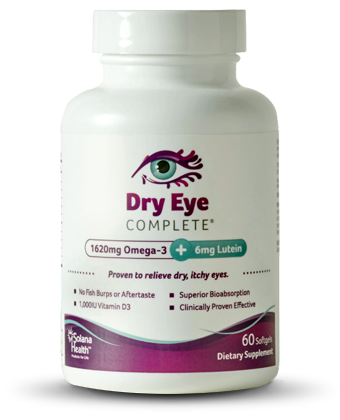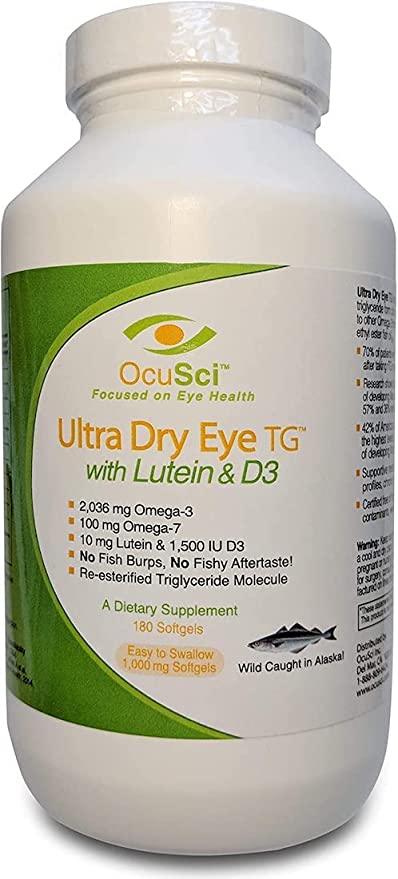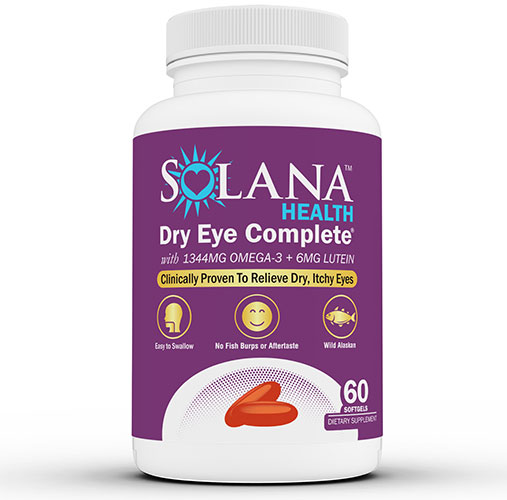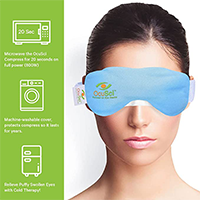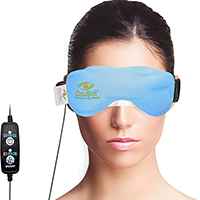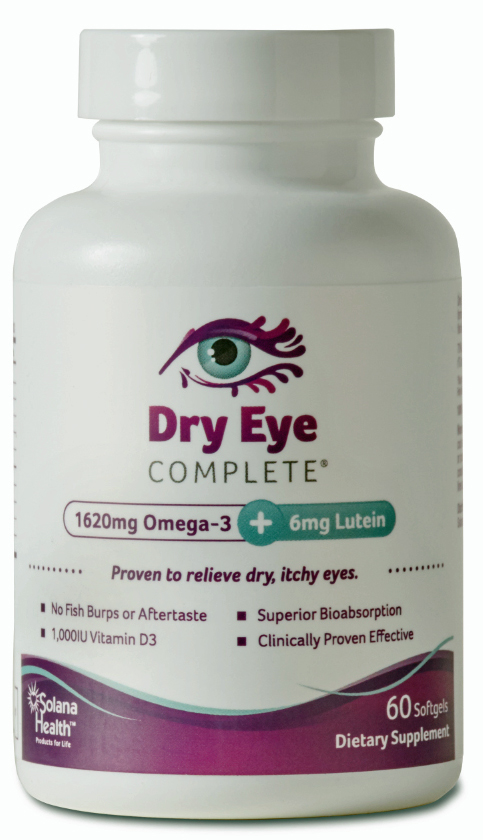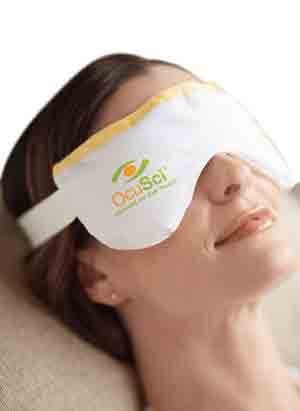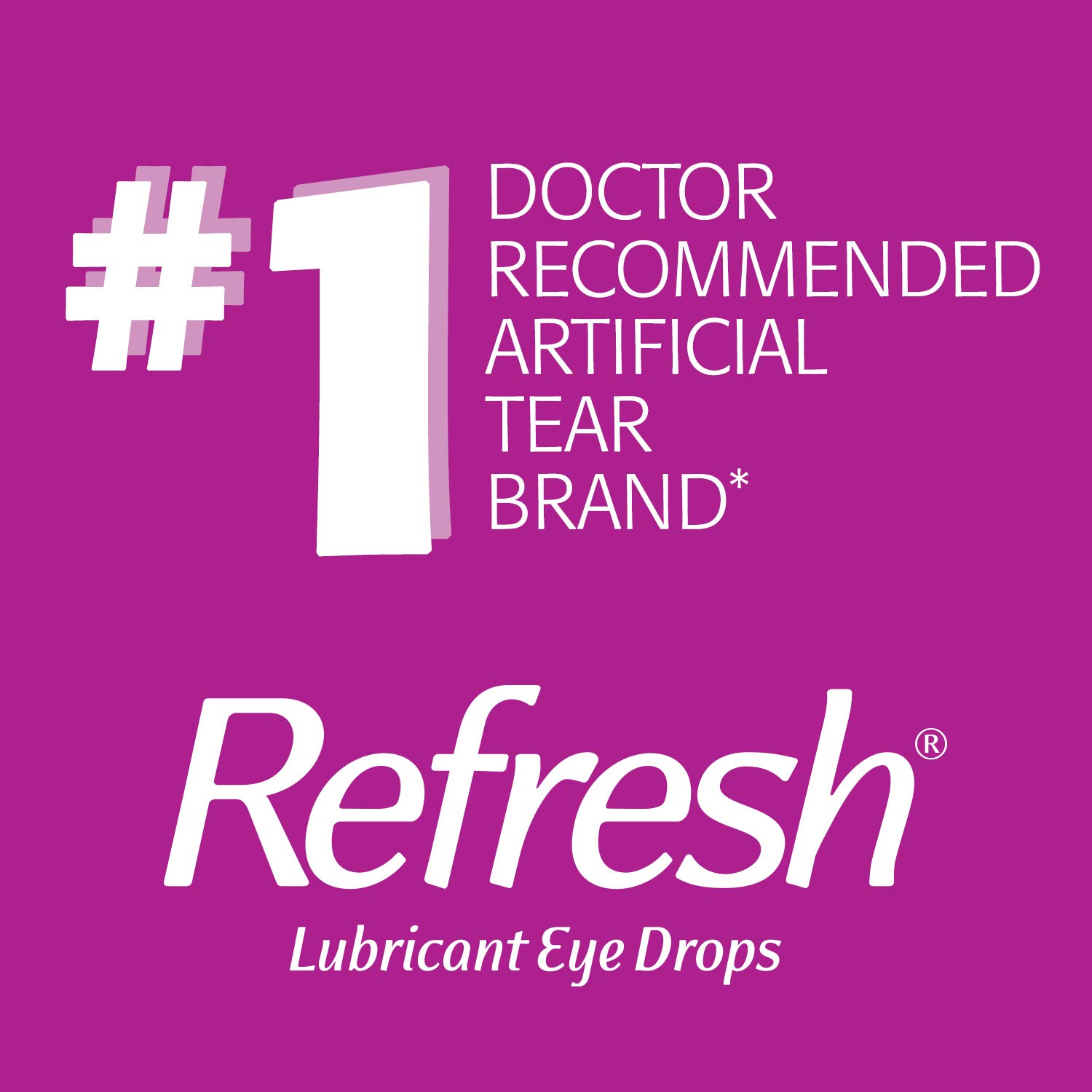Dry eye is a condition in which the eye, for a variety of reasons, does not properly produce tears. Alternatively, it does produce tears, but they evaporate too quickly because their consistency is disrupted. Many people who have dry eye also suffer from inflammation on the eye’s surface. If this isn’t treated, it can cause pain, scars on the cornea, ulcers, and even loss of vision. However, it is very uncommon for permanent loss of vision to occur.
People who have dry eye find it more difficult to complete certain tasks, particularly reading or using computers. Additionally, they often find it difficult to be in places where the air is particularly dry. Airplanes are good examples of this.
Types of Dry Eye
There are two main types of dry eye:
- Aqueous tear deficient dry eye, which happens when the lacrimal glands produce tears’ water component at a level that is too low, making it impossible for the surface of the eye to remain sufficiently hydrated.
- Evaporative dry eye, which usually happens when the Meibomian glands become inflamed. These glands are found in the eyelids and are responsible for the production of the oily or lipid part of the tears. This oil keeps the tears stable, slowing down evaporation.
Both types of dry eye can have a number of associated conditions, including:
- Inflammation of the conjunctiva, lacrimal gland or eye surface.
- Diseases that change the different components found in tears.
- Increases in the eyes’ surface, which is often seen in people with thyroid disease, which makes the eye protrude.
- Cosmetic surgery, particularly if the surgeon opened the eyelids too widely.
- LASIK eye surgery.
Differences Between Aqueous Tear Deficient and Evaporative
The table below highlights the differences between the two main types of dry eye.
| Aqueous Tear Deficient Dry Eye | Evaporative Dry Eye | |
| Diagnostics |
|
|
| Management |
|
|
| Cause |
|
|
Both types of dry eye have some significant commonalities. Both, for instance, are often associated with inflammation of the eye, or eyelids.
Both ATD and EDE have some very similar signs and symptoms, because both reduce the stability of the tear and lead to increased evaporation. However, it is crucial for an eye doctor to be able to distinguish between the two, and to identify whether only one of them is present, or both. While EDE is more common (35% to 45% of dry eye cases are EDE), severe cases exist in which people have both.
Screening Methods
Many physicians find it very difficult to diagnose dry eye syndrome when it only just starts to present. This is in part due to the fact that progression is usually very gradual. Hence, tests can be used to look at the characteristics of the film of the tears, but most physicians will rely on experience in order to determine whether someone suffers from ATD, EDE or both. The methods below are most commonly used:
- Conventional objective testing. This includes NIBUT (non-invasive tear break-up time), TBUT (tear break-up time), ocular surface staining, and the Schirmer test. If patients have dry eye, the results of these tests should be variable, because the tear film is unstable.
- Tear osmolarity, which determines whether concentration in the film of the tear is high, found in all forms of dry eye syndrome. The TearLab Osmolarity System is most commonly used for this. However, it cannot distinguish between ATD and EDE. It is, however, very good to determine how severe the dry eye is, and whether or not it is responding to treatment.
- EDE tests, which grade margin disease looking at lipid expression and vascularity. During this procedure, a physician will apply pressure to the eyelid, mimicking the pressure an eyelid will experience when it blinks. The response of the eye is then measured.
- Non-invasive tests. The LipiView interferometer is most commonly used for this. It captures images of the film of the tear and quantifies the thickness of the lipid layer. This will determine whether any lipid abnormalities are present, particularly common in EDE.
- Patient questionnaires. Most people who suffer from dry eye experience quite significant symptoms. By discussing the symptoms and experiences with them, a physician will be able to determine what type of dry eye syndrome is present. The SPEED (Standard Patient Evaluation of Eye Dryness) is one of the most popular and effective tests around, as it also helps a physician to determine how severely a patient’s quality of life is affected by the symptoms.
Treatment of ATD and EDE
There is no set treatment specific for either type of dry eye. Rather, treatment varies depending on how severe the symptoms are, which type of dry eye they suffer from, what the particular issue is and so on. Generally, however, the goal is to better lubricate the eye, stop the tears from evaporating too quickly and stabilizing the tear film. This is usually achieved through eye drops, although external heat, lid scrubs, anti-inflammatory drugs, and immune-modulating drugs can also be used to treat the condition.
Resources and References:
Facts About Dry Eye – General information on dry eye. (NIH.gov)
The Definition and Classification of Dry Eye Disease – International Dry Eye Workshop’s definition and classification of dry eye. (TearFilm.org)
Dry-Eye Management – Treatments for dry eye. (Optometry in Practice)
Getting to the Root of Patients’ Dry Eye – Causes of dry eye. (Review of Ophthalmology)
Blepharitis and Dry Eye: A Common, Yet Complicated Combination – Link between dry eye and blepharitis. (Review of Optometry)

